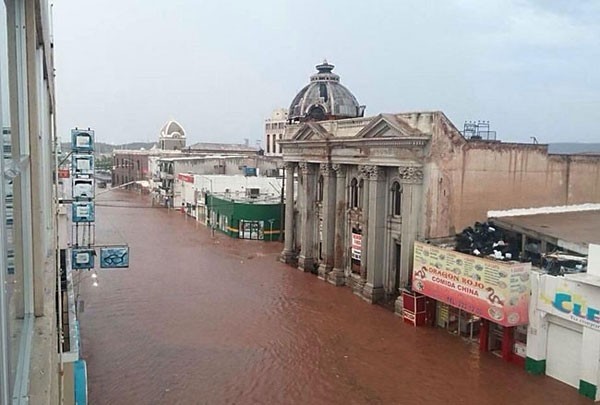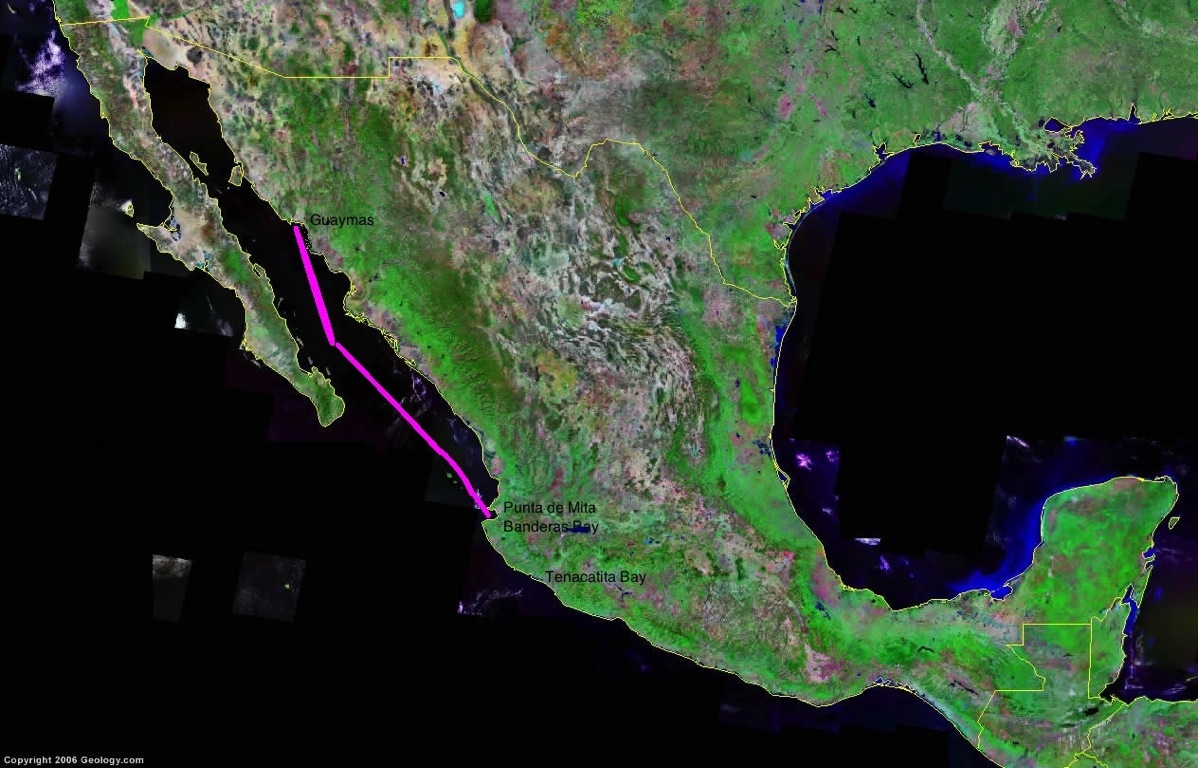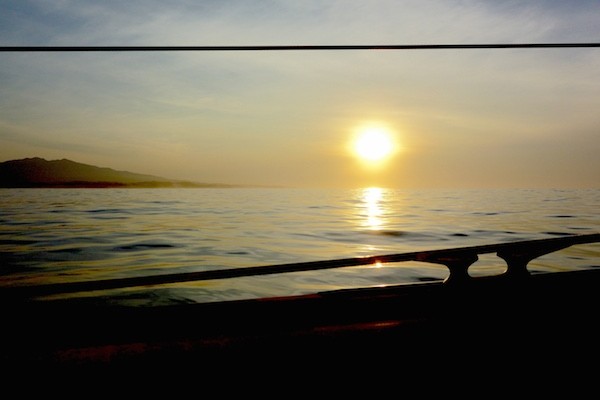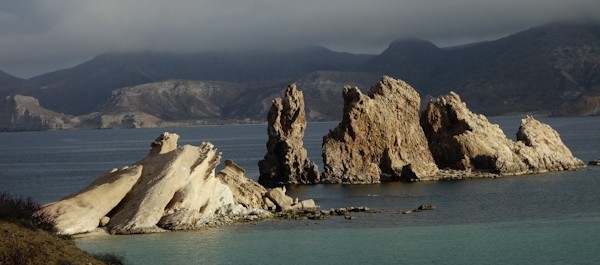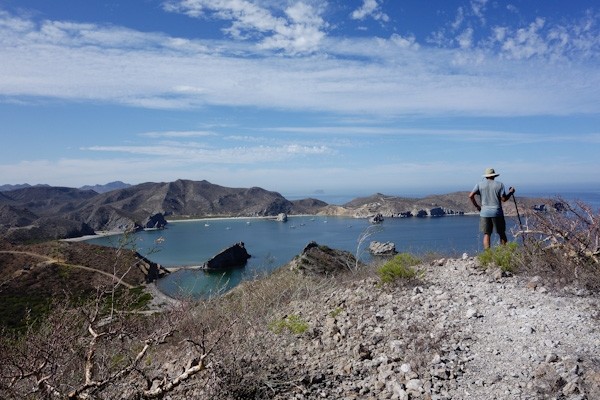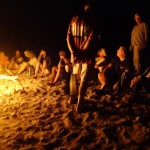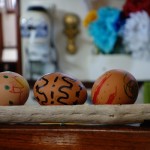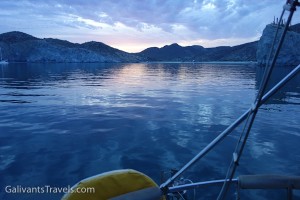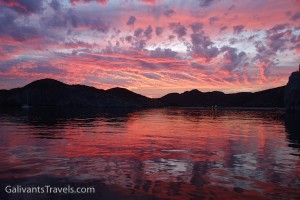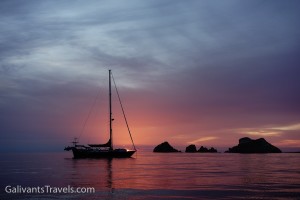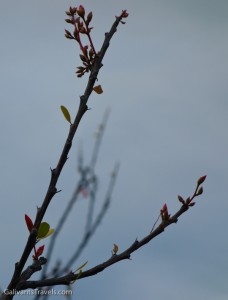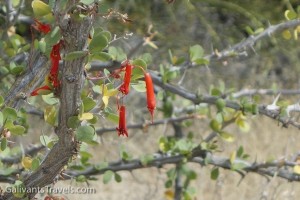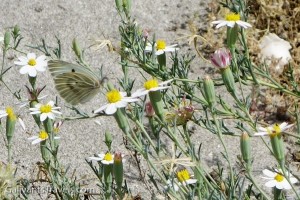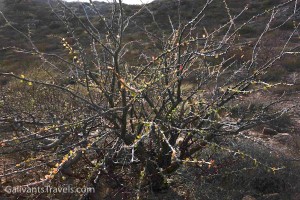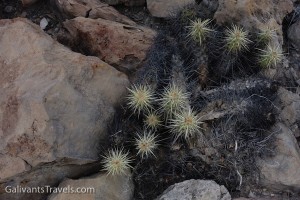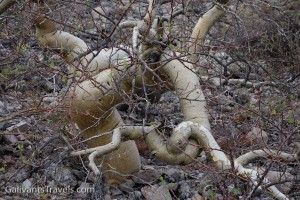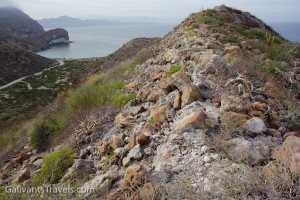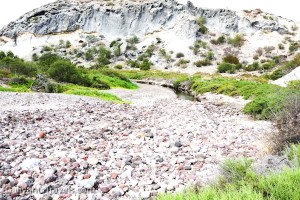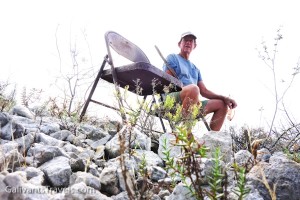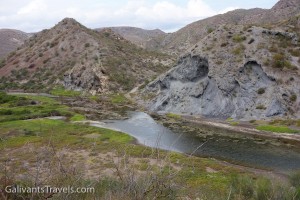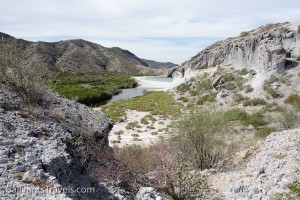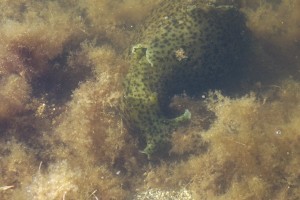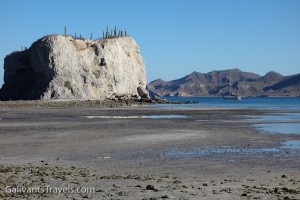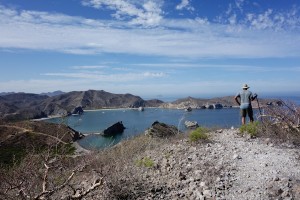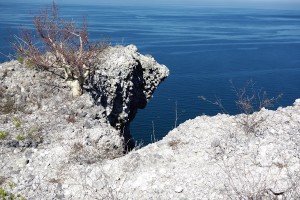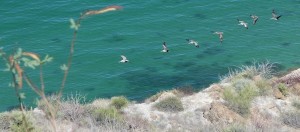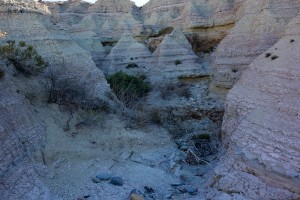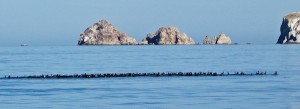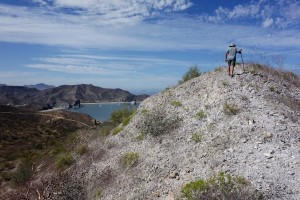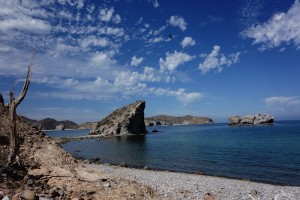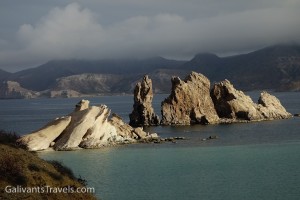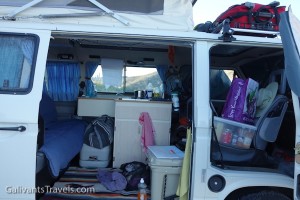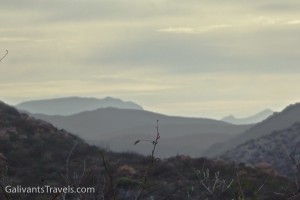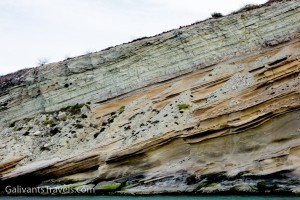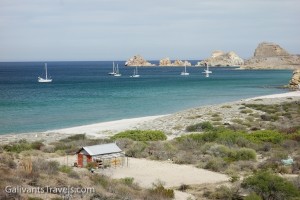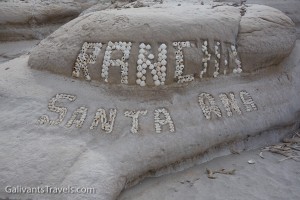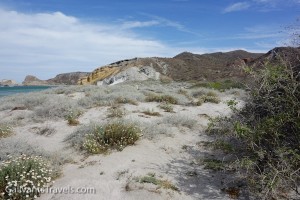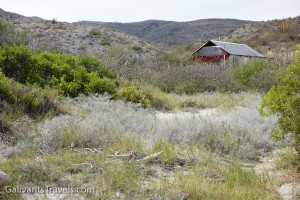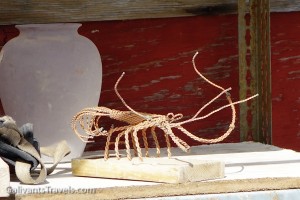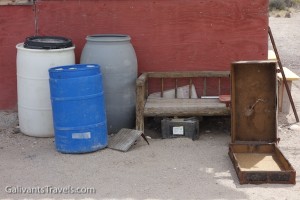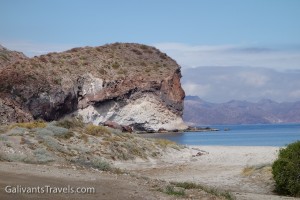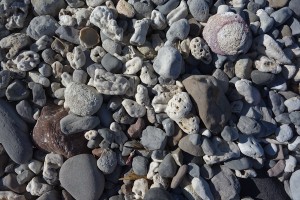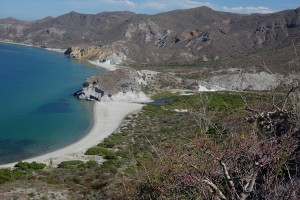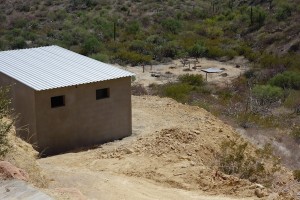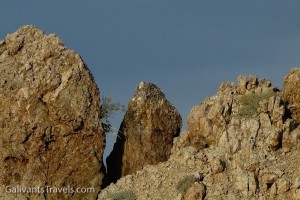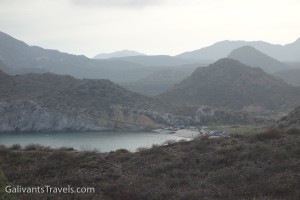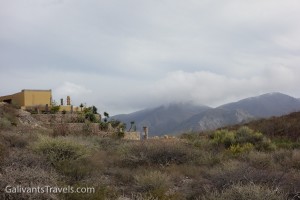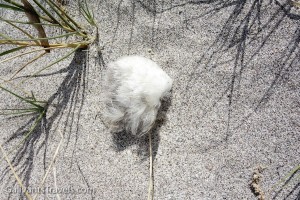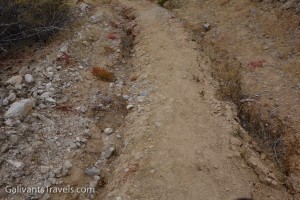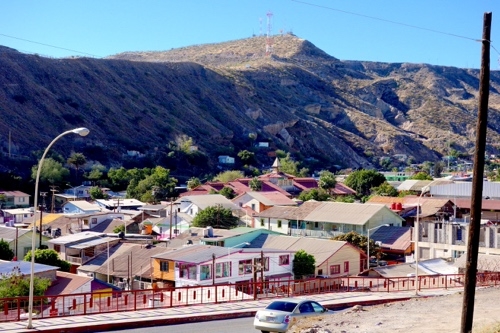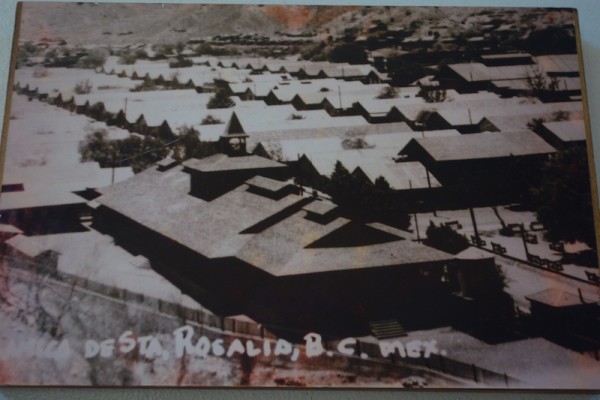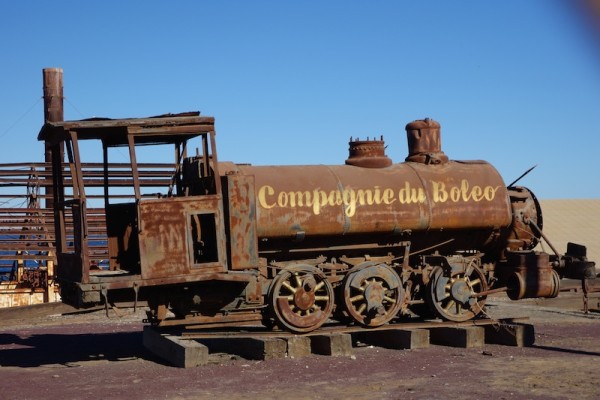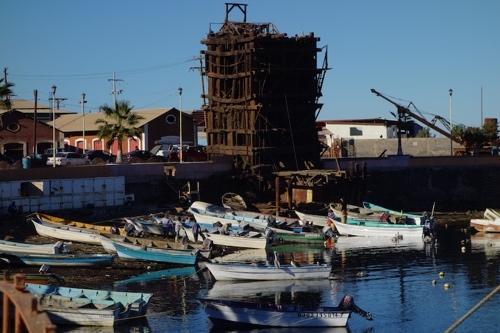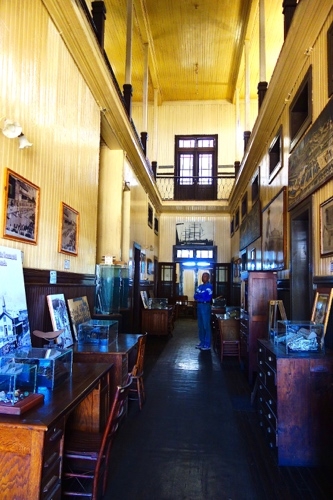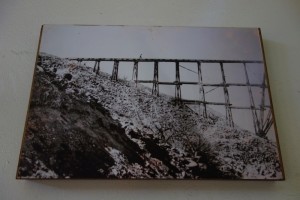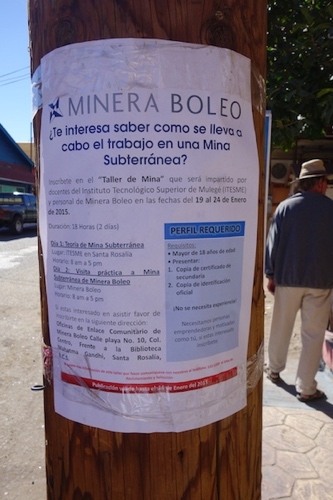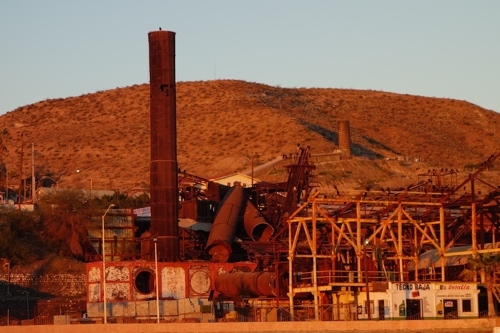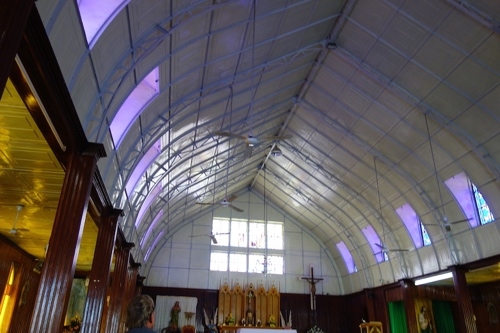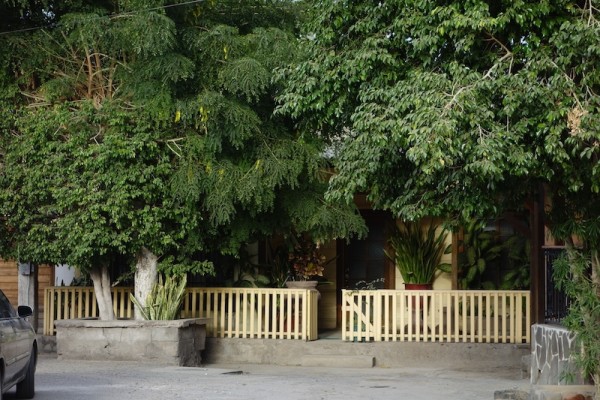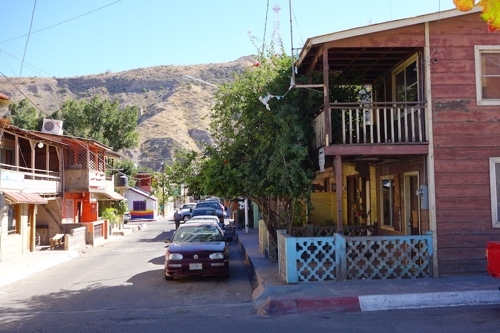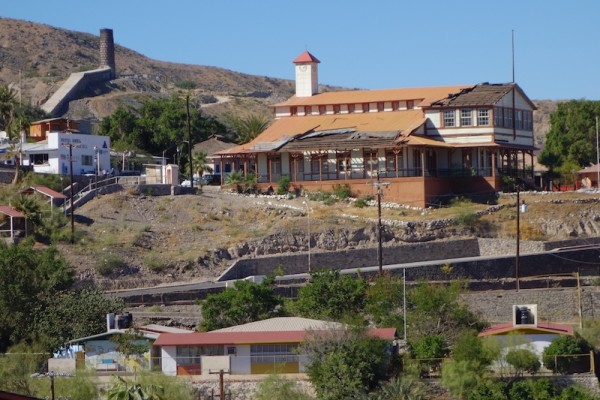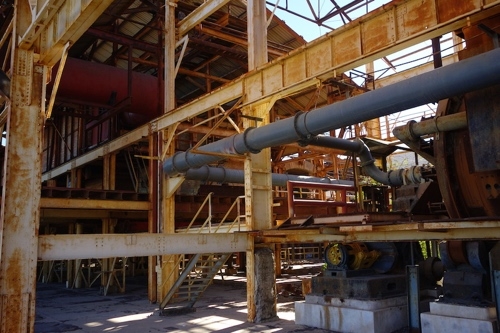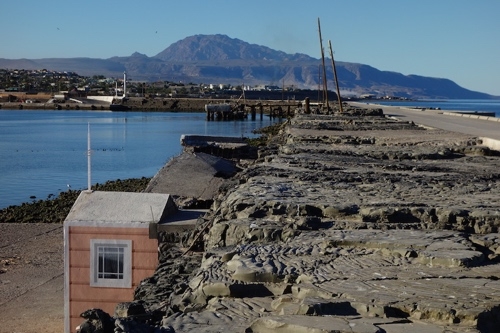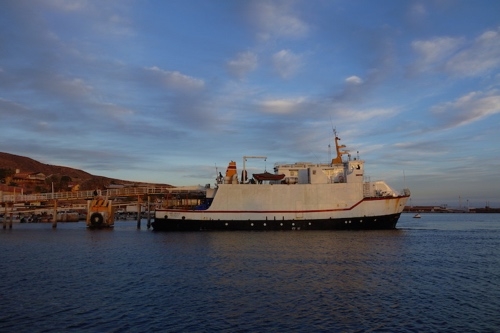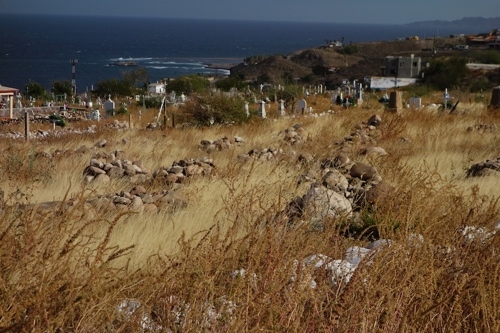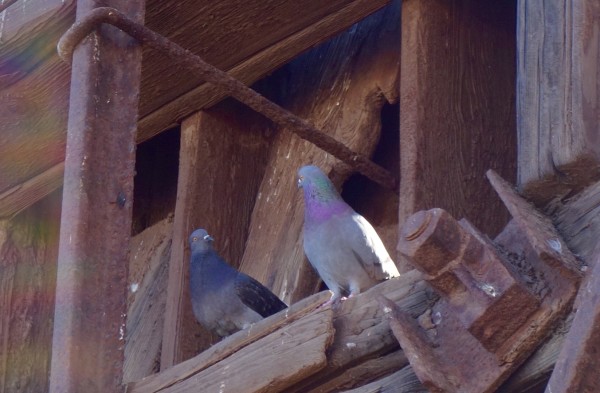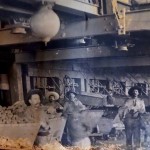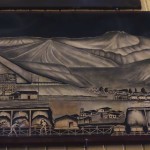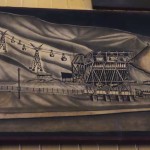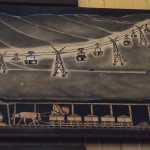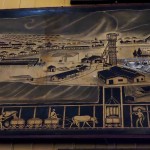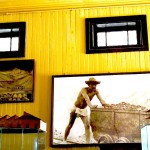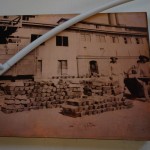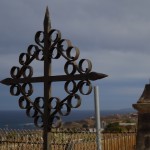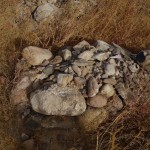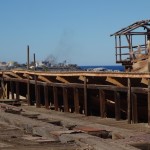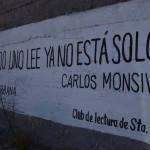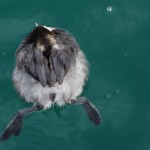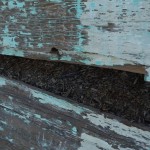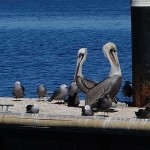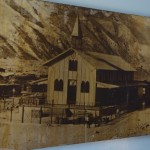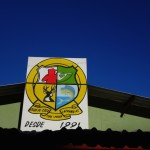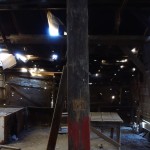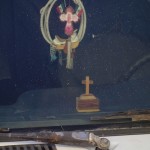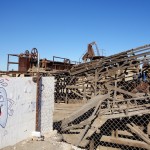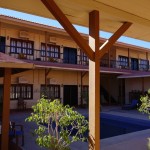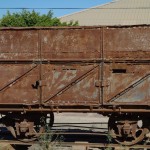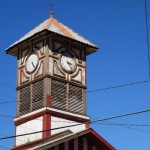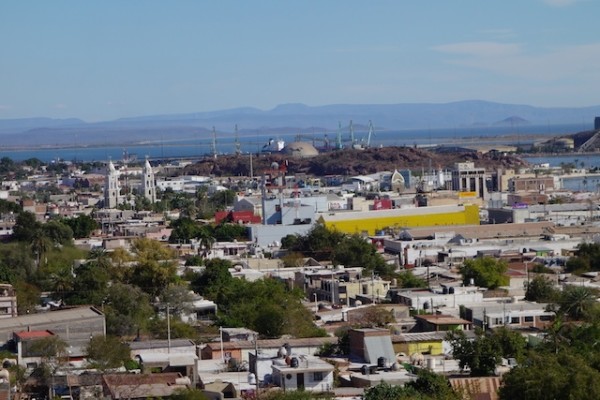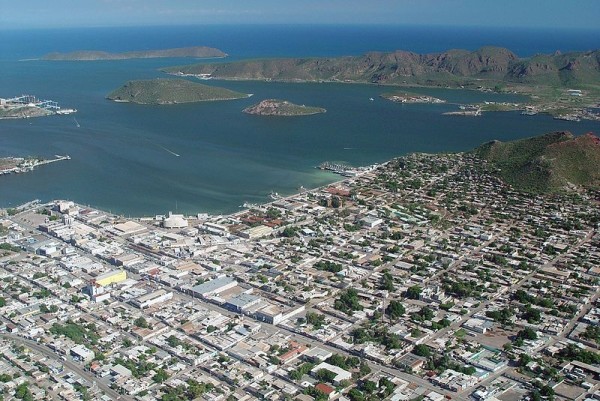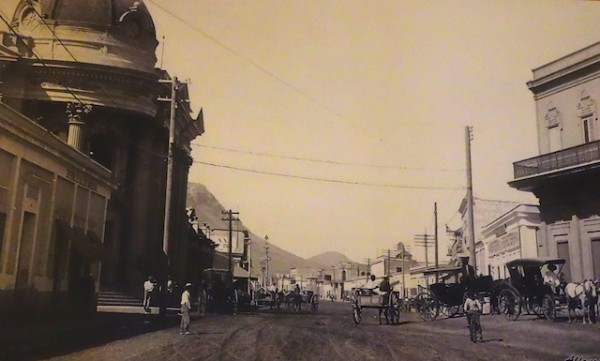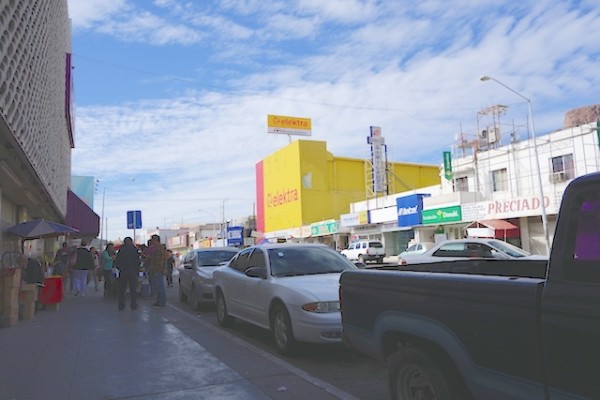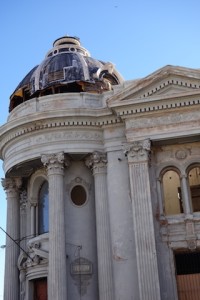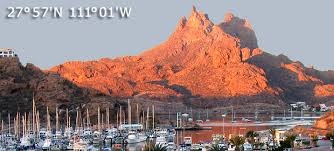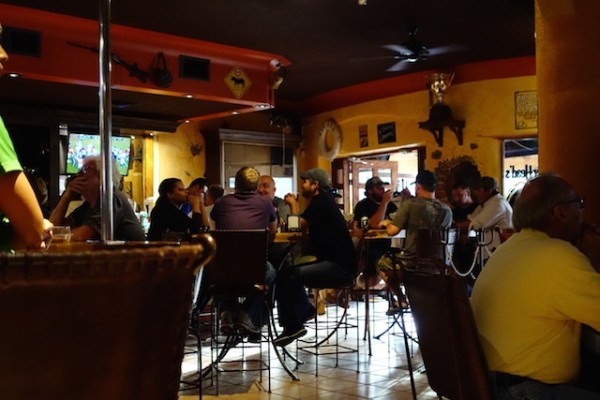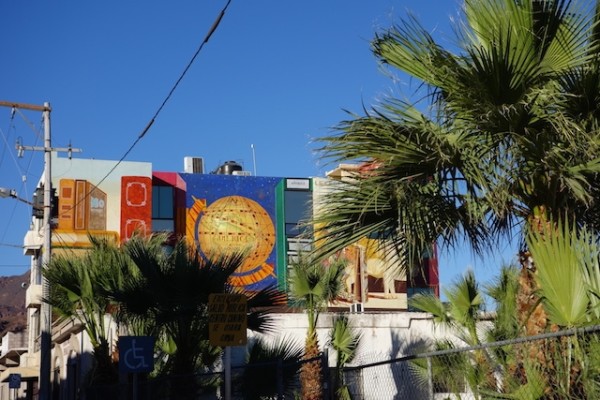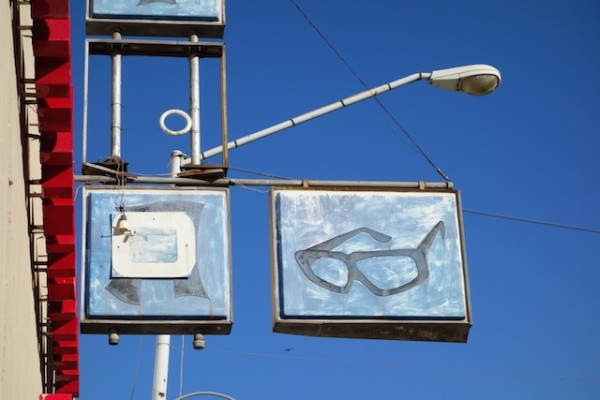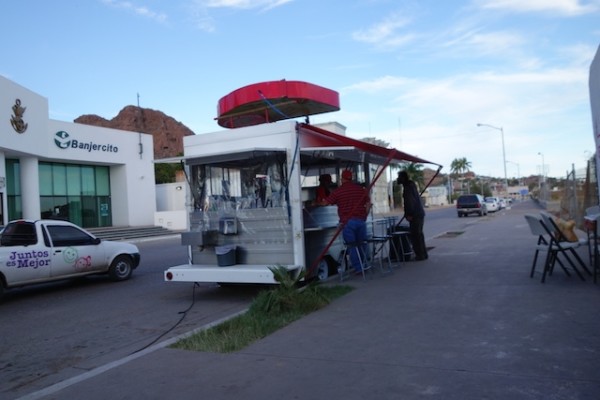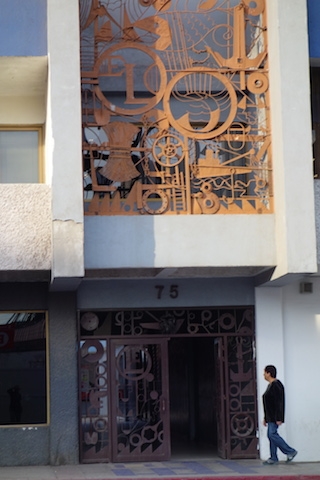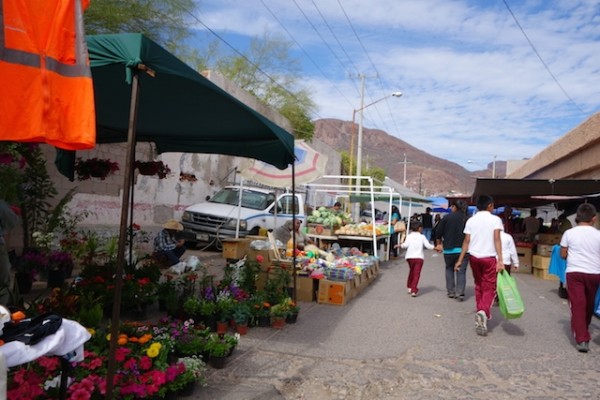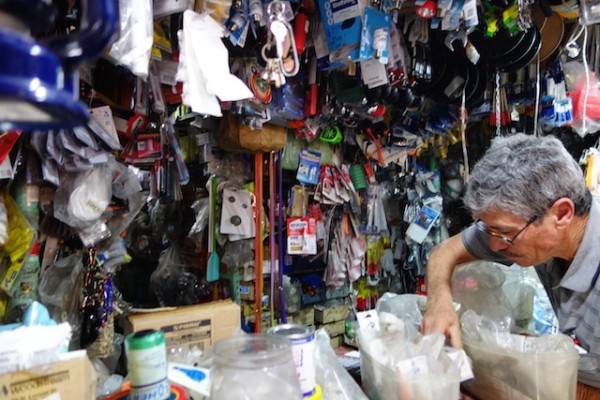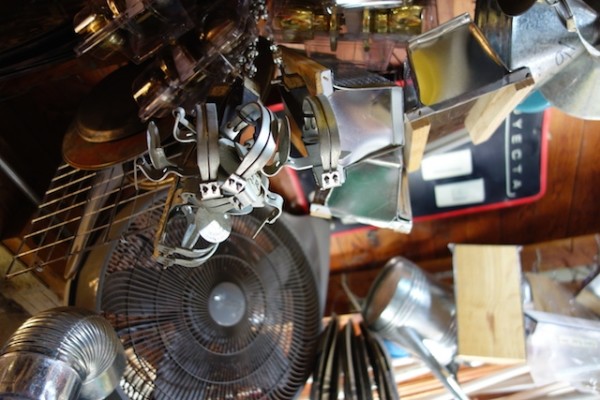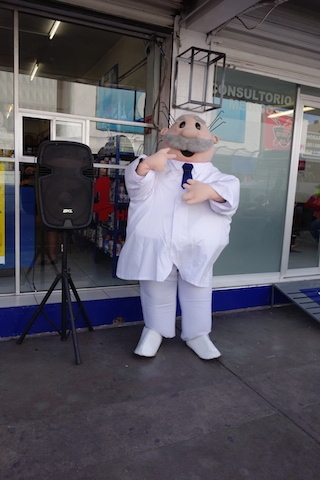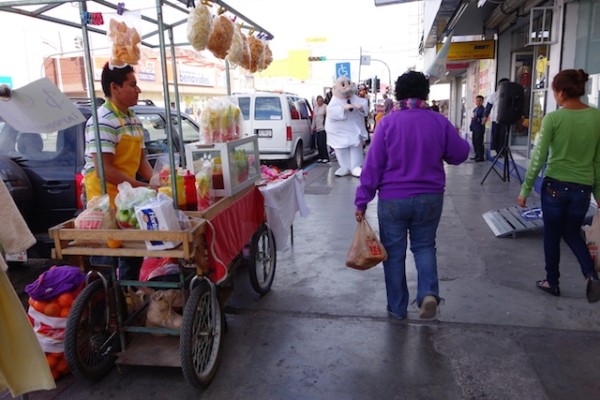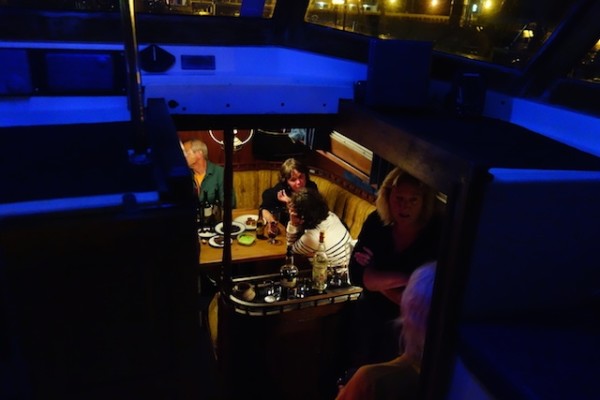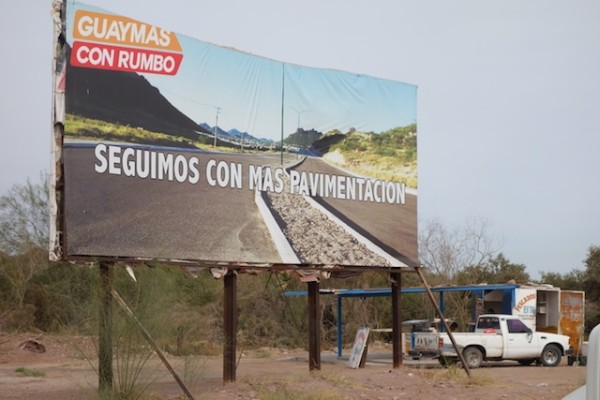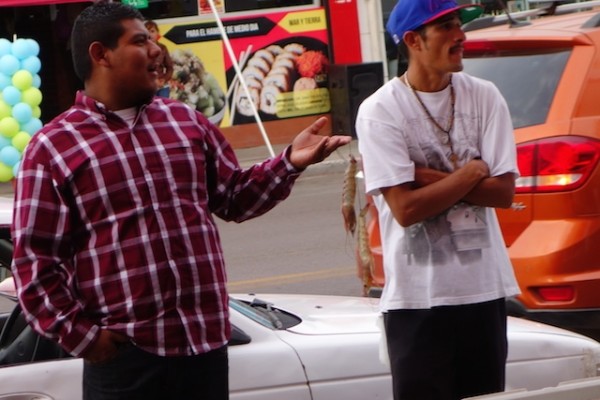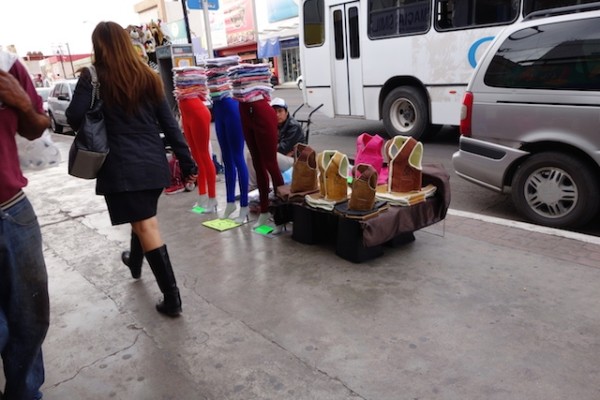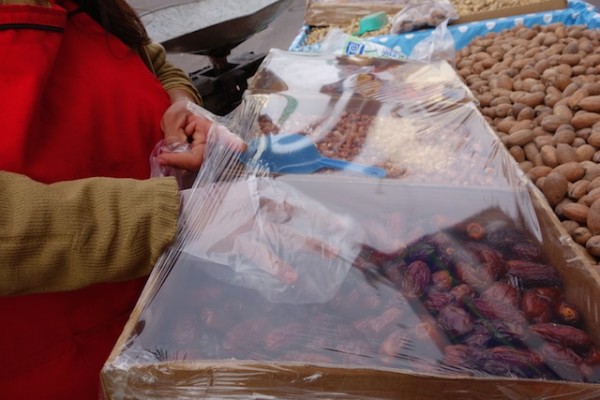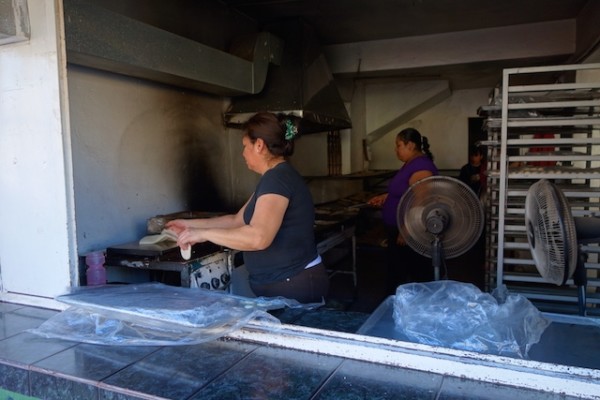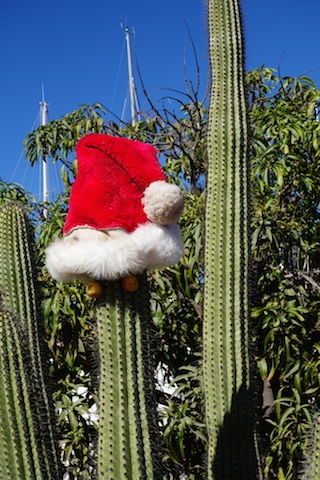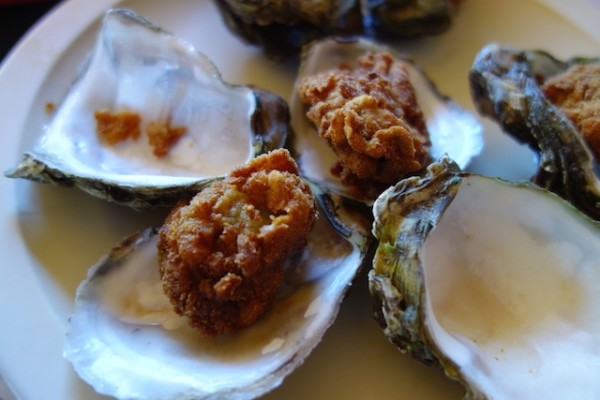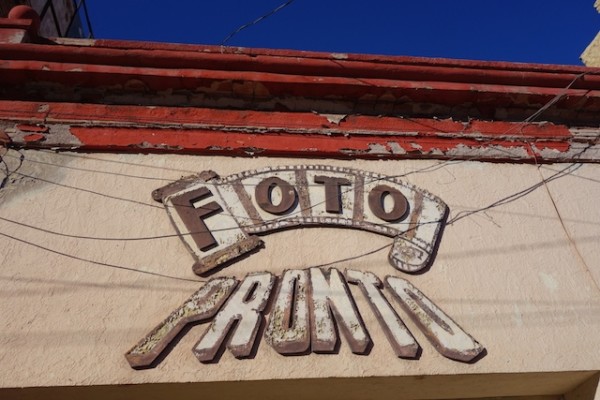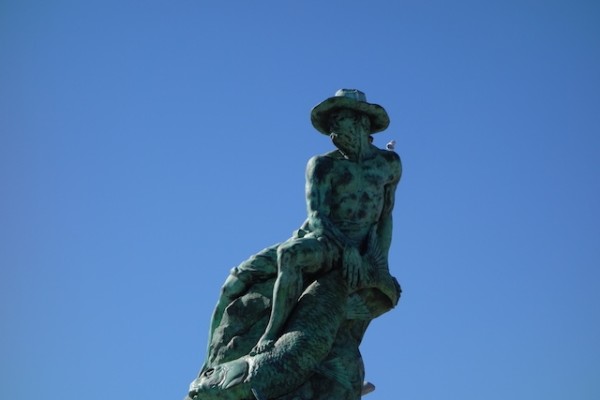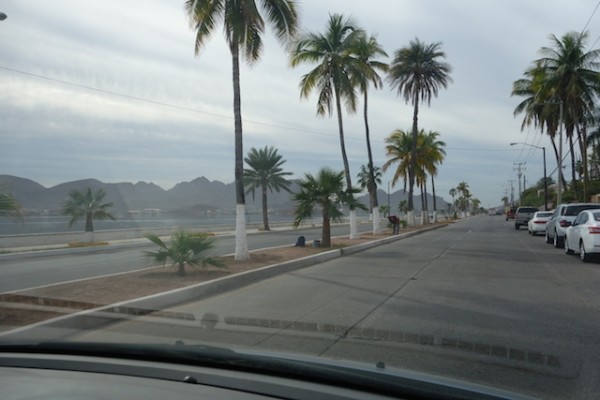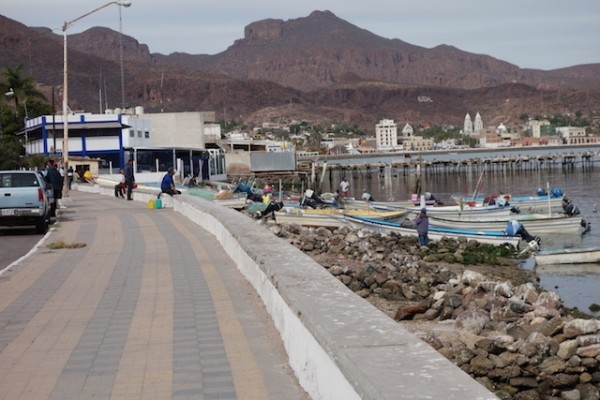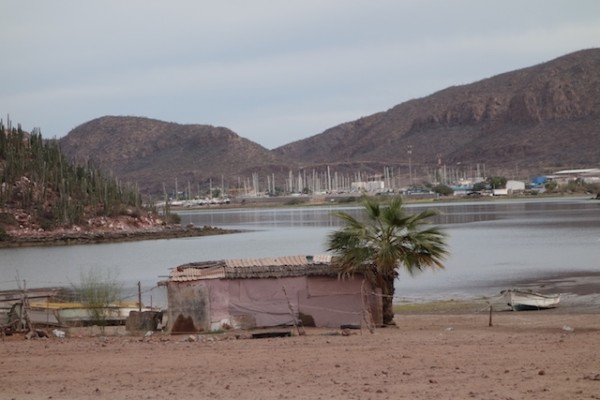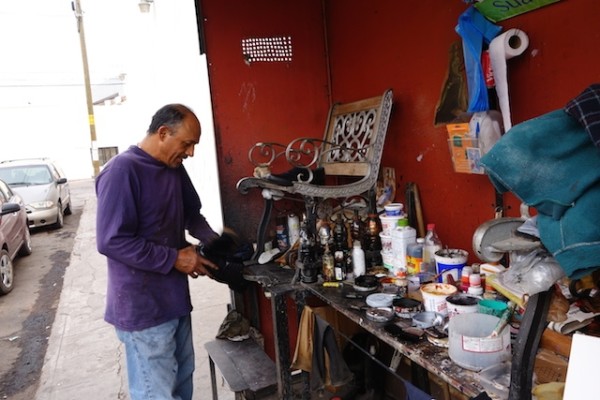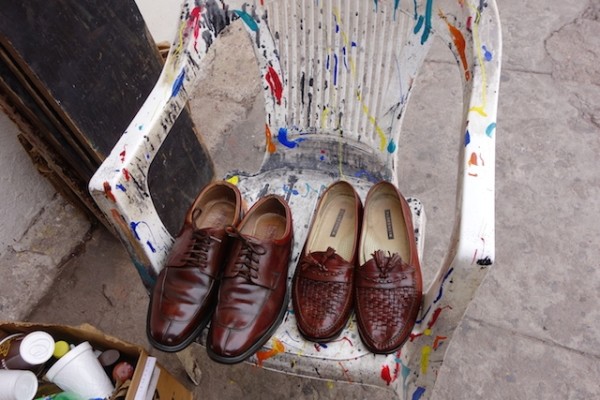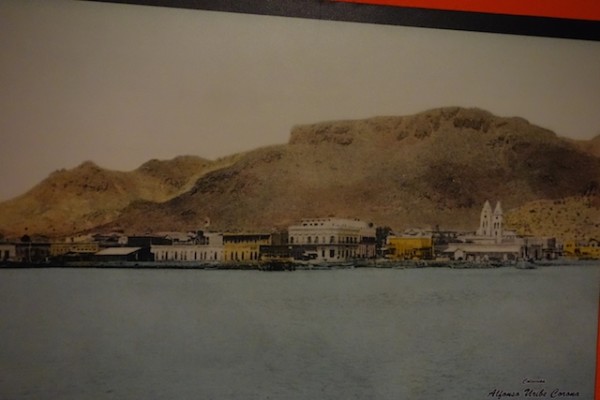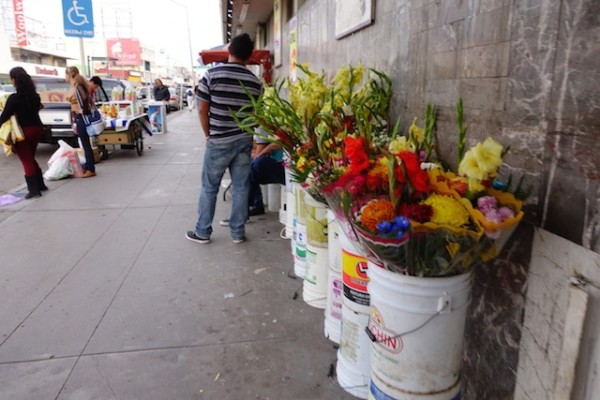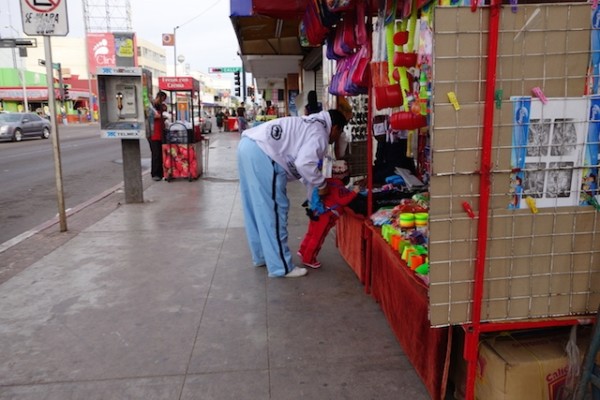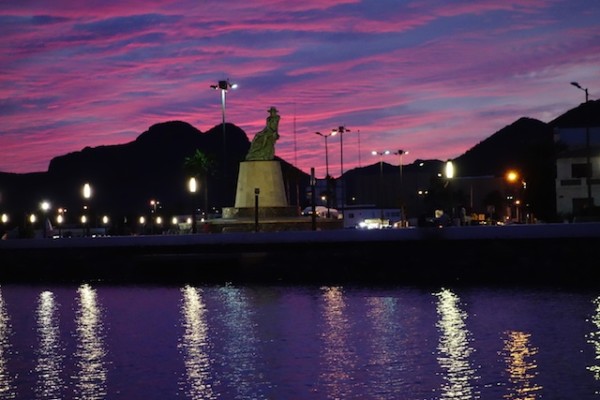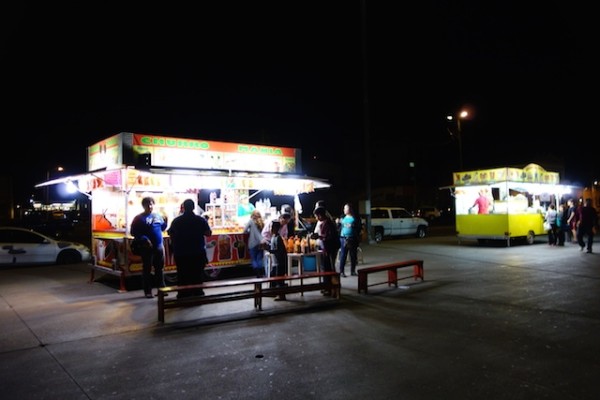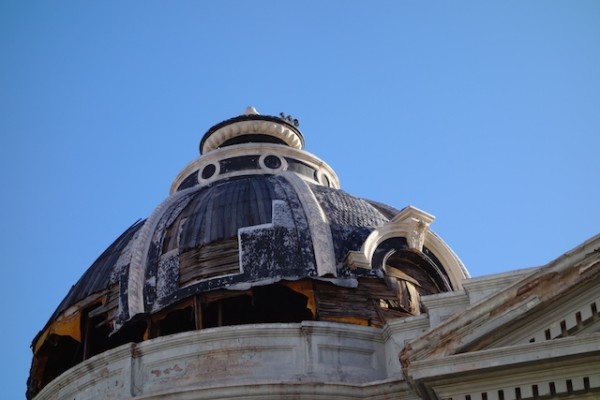
Merging onto the Modern Highway
We arrived back in Guaymas on the weekend of the vernal equinox, taking advantage of a break in the winter’s persistent northwesterly winds to make a jump north. Now, instead of a peaceful life in the isolated anchorages of Baja California, we’re in the throes of the 21st century. Excited to use the internet, but not about some of the news it brings. Excited to see our car, at least in its role as bodega/storage shed, but we can’t get the doors open because the battery is dead. It makes me think back to a line from a book I’m reading about the 1930s adventures of a young couple who traveled from California to Panama in a kayak.
"Machineless men, dwelling outside the currents of time and change, the faces of the villagers of Punta Duro reflected the peace and contentment that came from being presented with no problems beyond their capacity to solve." From Enchanted Vagabonds, by Dana Lamb. 1938, Harper and Brothers
We were raring to go out and see if we had the capacity to solve our problems and thereby reacquire peace and contentment on Monday , but whoa! Slow down! It’s a holiday! Honoring Benito Juárez, on March 21, this year is a holiday that segues neatly into Semana Santa, the Holy Week bookended by Palm Sunday and Easter, probably the biggest vacation week of the year in Mexico.
Overheard on the radio: “The beaches are already filling up and they’ll be so packed by Thursday that you’ll think there’s no more space. Then everybody else will come.”
Back to Benito Juárez:
I’d venture to say that there is not a town in Mexico that does not have a street named after Benito Juárez. And there he is on the twenty-peso note. He was president during tumultuous times in the 1860s. But why else would he be called Mexico’s Abraham Lincoln?

The most used piece of currency in Mexico is the 20-peso note featuring Benito Juárez. It’s a durable kind of plastic, not paper, with secret codes embedded. Each bill in Mexico is a different color, and some are different sizes too, making them easy to tell apart.
So I read about him on Wikipedia. I’m trying to keep my summary short and sweet, but these were very confused times in Mexico and some hard-to-imagine things occurred. Kind of like current events.
Importantly, Benito Juárez was a indigenous Mexican, not Spanish, but Zapotec, born in 1806. His parents were peasants who died when he was young; he was a shepherd and farmer until he was 12, when he walked to the city of Oaxaca to go to school (and learn Spanish). An acquaintance who was impressed by his intelligence arranged for his education.
Eventually he became a lawyer, and in his 30s, a judge, and in his early 40s governor of Oaxaca and the husband of a 20-years-younger white woman, which was notable considering the prevailing racism and social stratification of the era.
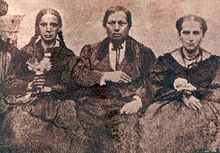
Meantime, the Mexican War with the Americans was taking place; Juarez was exiled for several years and worked in a cigar factory in New Orleans. But he returned as the Liberal party regained power. In this Reform Period, an effort was made “to create a modern civil society and capitalist economy based on the model of the United States. The Ley Juárez (Juárez Law) of 1855 declared all citizens equal before the law and severely restricted the privileges of the Catholic Church.” (Wikipedia)
Juarez, as interim president of the country, headed the liberal side in the turbulent Mexican civil war known as the Reform Wars through the late 1850s.
He was eventually elected president in his own right in 1861 but the country’s infrastructure and economy had been badly damaged by the wars; Mexico defaulted on debts owed to England, Spain and France.
So France, with the support of the Conservatives from the Reform Wars, invaded, and Napoleon III installed the Hapsburg duke Maximillian as Emperor of Mexico. Juárez ran a government in exile in Chihuahua until 1867 when the French were finally defeated and Maximillian executed.
Juárez won election twice after that, once ‘clean’ and later ‘widespread controversy and fraud’. He died of a heart attack at the age of 66 while reading the newspaper at his desk.
The period of his leadership is known in Mexican history as La Reforma del Norte (The Reform of the North), and constituted a liberal political and social revolution with major institutional consequences: the expropriation of church lands, the subordination of the army to civilian control, liquidation of peasant communal land holdings, the separation of church and state in public affairs, and also the almost-complete disenfranchisement of bishops, priests, nuns and lay brothers, codified in the “Juarez Law” or “Ley Juárez”. Wikipedia, Benito Juárez.
His life did overlap Lincoln’s, and parts of their life stories and political agendas have substantial similarity, and reforms worth fighting for, so I guess it’s a viable comparison. But in one way they were quite different, Lincoln being notably tall and lanky, and Juárez ‘peaking’ at only four feet, six inches tall.
UPDATE: I’ve found a way better write-up here: http://www.mexconnect.com/articles/274-mexico-s-lincoln-the-ecstasy-and-agony-of-benito-juarez
The author commented that Lincoln in one sense was lucky to have been ‘martyred’ at the height of his success and thus spared the frustrations and disillusionment of Juárez’s last five years.
I can’t help but try to imagine how the wild and wooly events of Mexico in the 1860s would be described by today’s journalists and commentators. And wonder where the likes of today’s politicians and plutocrats would have found themselves in the 1860 landscape. There’s a bit more analysis of Juárez’s legacy from Wikipedia as a footnote.
While banks are closed today, I don’t think Diá Benito Juárez is a retail shopping extravaganza, at least not here in Guaymas and not at the battery store. I do hope that everyone is making the best of the day!
Sailboat sinks after hitting a whale
Because, on a more somber note, we are also thinking about a friend whose sailboat sank beneath him this week, after he hit a whale in the pre-dawn darkness. In twenty minutes, from his dinghy, he watched his very well-tended pride and joy sink in thousands of feet of water, thirty-odd miles short of Guaymas.
The good news is that the safety net we don’t want to count on but secretly do, consisting of an EPIRB (Emergency Position Indicating Radio Beacon) and the person or institution it notifies (in this case Canadian authorities and through them the Mexican Navy) – that system worked exactly as it should.
Our friend was safe ashore very quickly. He did have insurance, and had prepared himself well for the voyage by having his ditch bags and liferaft ready in the cockpit. So although he needed to borrow shoes and clothes, he had his paperwork and electronics, etc. And his life. But his floating home is gone forever.
We had plenty of time to contemplate all the above as we came the same way the following night, scanning the darkness for debris, and for a concussed, angry, or dead whale, seeing nothing.
It’s a reminder just how fast a situation can change. With that in mind, let the Mexicans enjoy their holiday, and let us enjoy it too.
Footnote…a bit more about Mexican political history and Juárez’s legacy, from Wikipedia
“*La Reforma represented the triumph of Mexico’s liberal, federalist, anti-clerical, and pro-capitalist forces over the conservative, centralist, corporatist, and theocratic elements that sought to reconstitute a locally-run version of the old colonial system. It replaced a semi-feudal social system with a more market-driven one, but following Juárez’s death, the lack of adequate democratic and institutional stability soon led to a return to centralized autocracy and economic exploitation under the regime of Porfirio Díaz. The Porfiriato(Porfirist era), in turn, collapsed at the beginning of the Mexican Revolution.”
So much, from more than a hundred years ago, sounds so familiar in this description.
